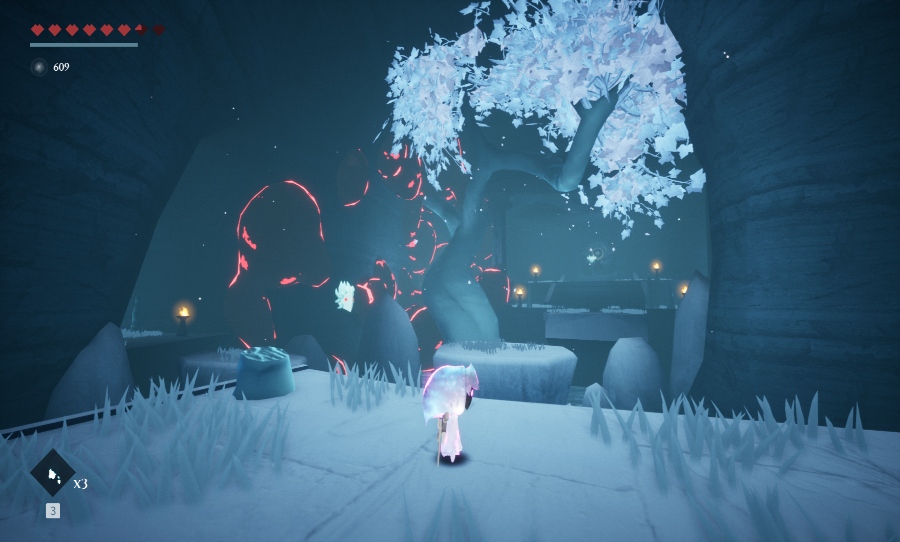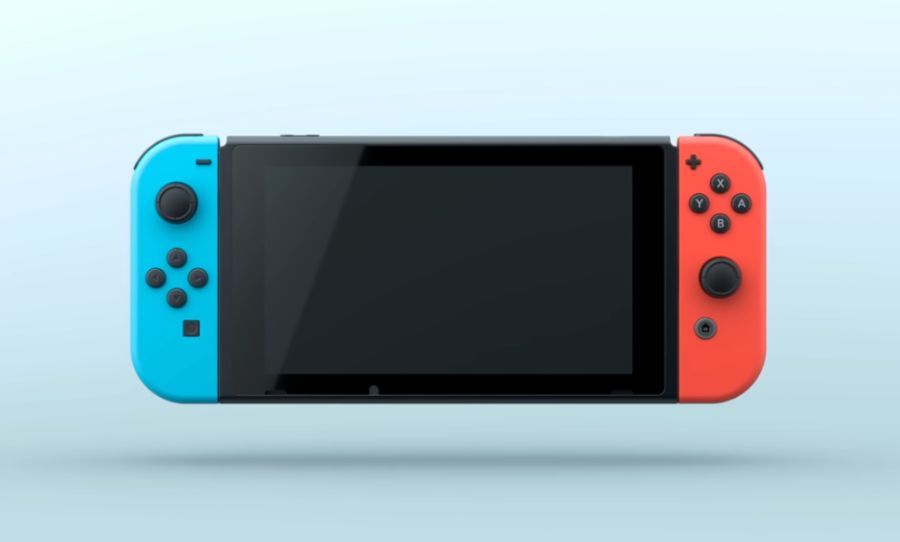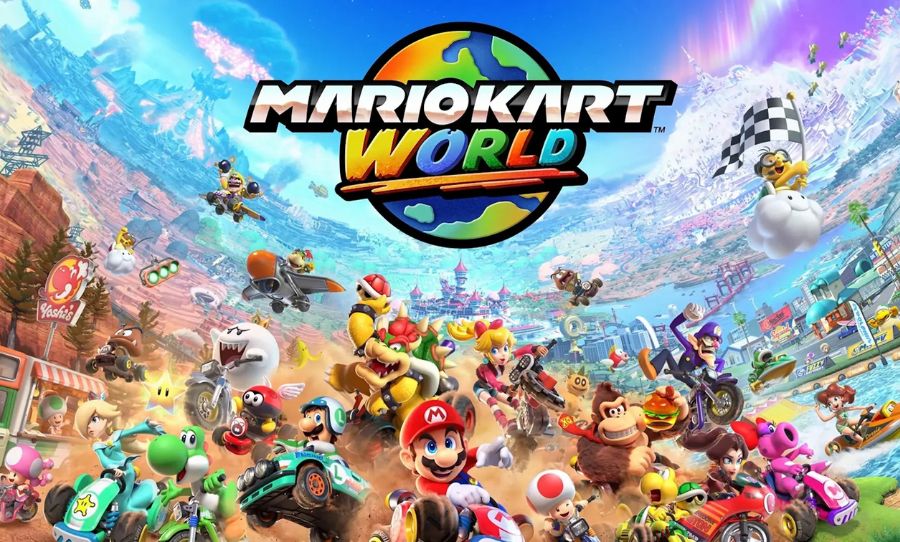Blue Fire is a combination of classic platforming and Souls-influenced combat. It recalls Hollow Knight and The Legend of Zelda, but can it compete?
Blue Fire is the debut game from Argentinian indie developer Robi Studios. It is being released on Nintendo Switch, as part of Nintendo’s Indie World incentive, and PC. However, the possibility of other console versions following is very much alive.
First off all, Blue Fire is enormously impressive when evaluated as the studio’s first game. The art direction is appealing and winsome in a way that harks back to the classic games of the Nintendo 64. The gameplay is fast, pretty responsive, and has some clever takes on classic puzzles. The longer I stayed in the world of Blue Fire, the more I admired what the young team of game designers have accomplished. It gets an awful lot right. That said, there were a few aspects of the game that initially obstructed that.
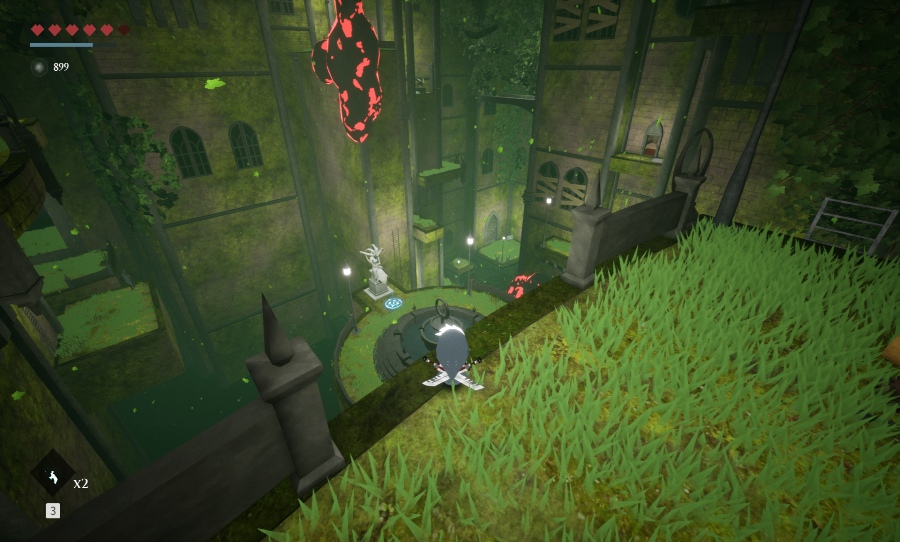
The story and world of Blue Fire
The first thing I noticed about the world of Blue Fire was how familiar it felt. The graphics are somewhat blocky and, as I mentioned before, recall the oversized pixels of an early 2000s Nintendo game. However, this feeling of déjà vu ran deeper than that.
Your character awakes in a giant test tube and you immediately start exploring a mostly abandoned castle. The game then wastes no time in establishing that a mysterious (perhaps generic) infection has corrupted the kingdom of Penumbra and that you are destined to end the corruption. This will take you to various temples and their corresponding gods, each loosely resembling an element, all of whom need your help.
The game borrows almost all of its narrative beats from either Hollow Knight or The Legend of Zelda. However, those games take their time drip feeding information to the player, establishing a story through atmosphere and lore. Blue Fire simply declares its story, at various junctures, through exposition. While this was probably intended to give the game more narrative thrust, it unfortunately highlights how broad the game’s story and lore are.
While this aspect of the game bothered me, it will likely not have the same effect on a younger audience. At the end of the day, the game provides a world of cute and colourful characters who pleasantly hum to you a familiar fairy tale. It isn’t sophisticated, but it also isn’t overly intrusive.
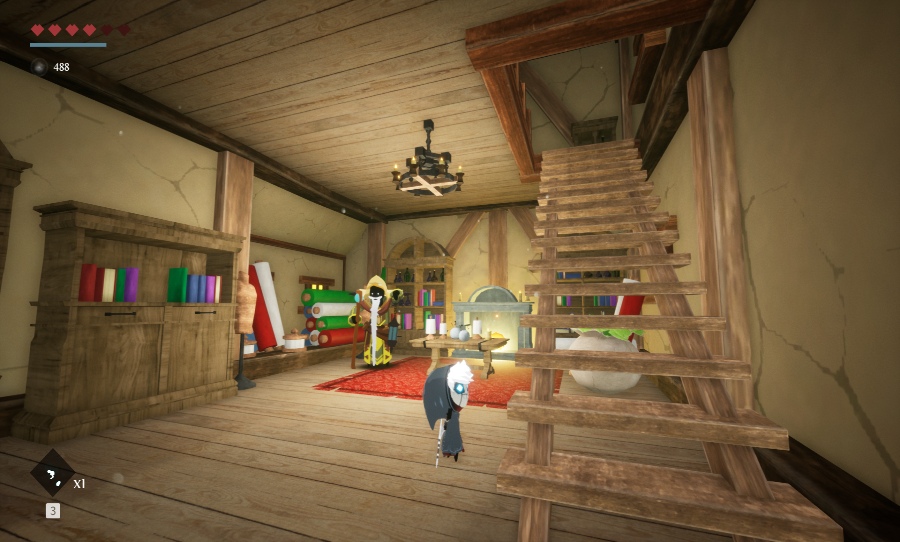
Platforming is where Blue Fire excels
Initially, I had similar concerns about the Blue Fire gameplay. Each gameplay component can be traced back to a different successful game. The dashing, jumping and wall climb mechanics are directly lifted from Hollow Knight; although transposed into 3D. The way that new abilities and perks are integrated, and used to open up new areas to explore, are too. The interplay between the currency and death/resurrection systems are the same as any other Souls-influenced game. The different temple layouts, lever-based puzzles, and timed challenges are pure Zelda.
However, after a while with the game, I was forced to re-evaluate my hot take. While these mechanics are borrowed, and not really built upon, they are integrated very well. They combine to create something that, while not innovative, is a very rewarding gameplay experience.
When I often found myself frustrated after a failed jump or a death at the hands of a relatively benign enemy, it was tempting to blame the game. However, I eventually came to the realisation that my demise was usually the result of my own carelessness. This fairness makes the feeling of overcoming a challenge much sweeter.
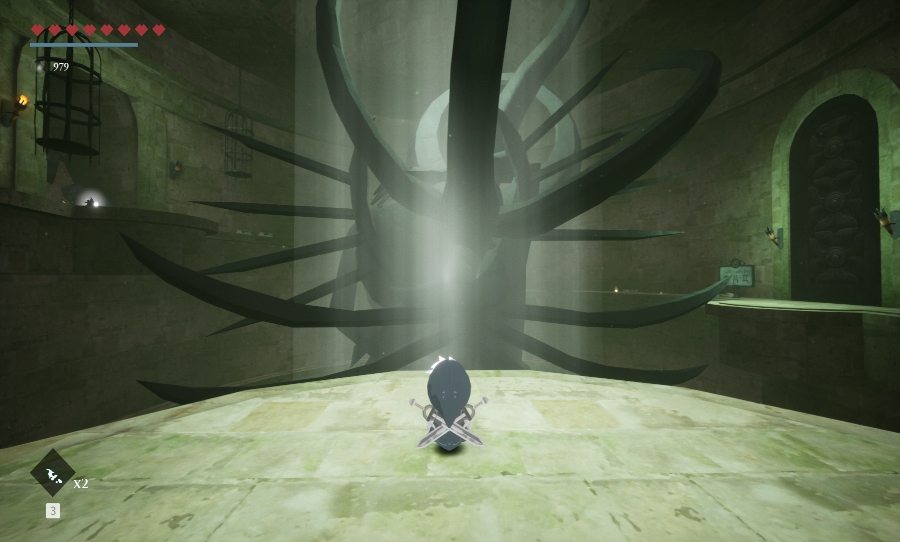
The fairness of the gameplay is particularly true of the platforming in Blue Fire. I’m a bit more conflicted about the way combat is executed. The combat is focused on jumping, dashing, and slashing. It’s pretty straightforward and won’t cause you too much trouble if you treat enemies with respect.
However, the slashing feels more loose than it should. Frustratingly often it felt like hits that should have landed missed. The way the game will resurrect you directly in front of an oncoming attack is also unappreciated, and happens so often I started to find it comical.
An adventure worth undertaking?
It is difficult to recommend Blue Fire over the games that it takes inspiration from. Hollow Knight and The Legend of Zelda series are simply more memorable and rewarding, largely due to their originality and innovation.
However, if the idea of Hollow Knight in 3D sparks any sort of interest in you, or you yearn for another dose of Zelda’s platforming and problem solving, then Blue Fire is well worth the price of admission.
Blue Fire is out February 4th on Nintendo Switch and Steam.
